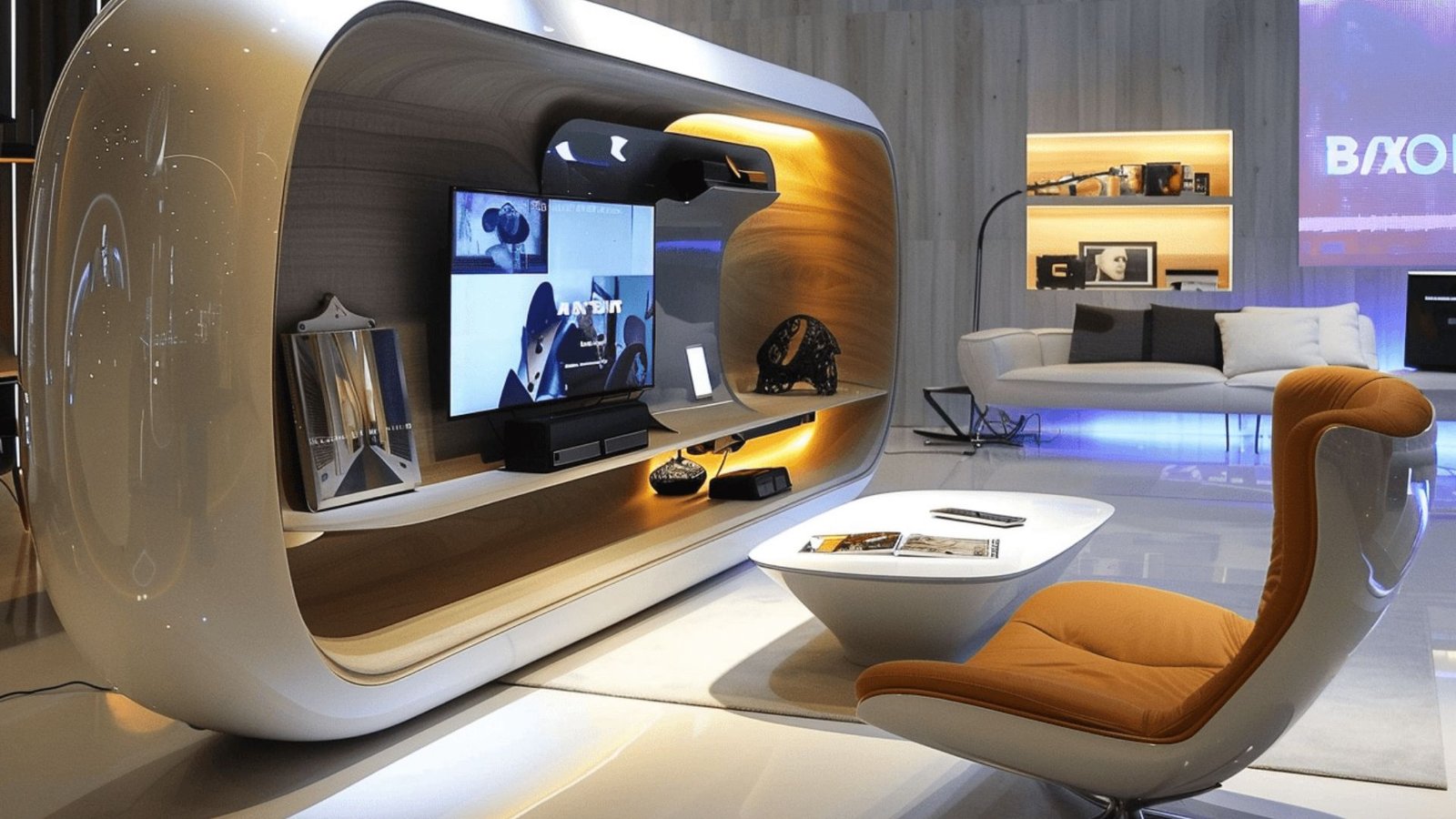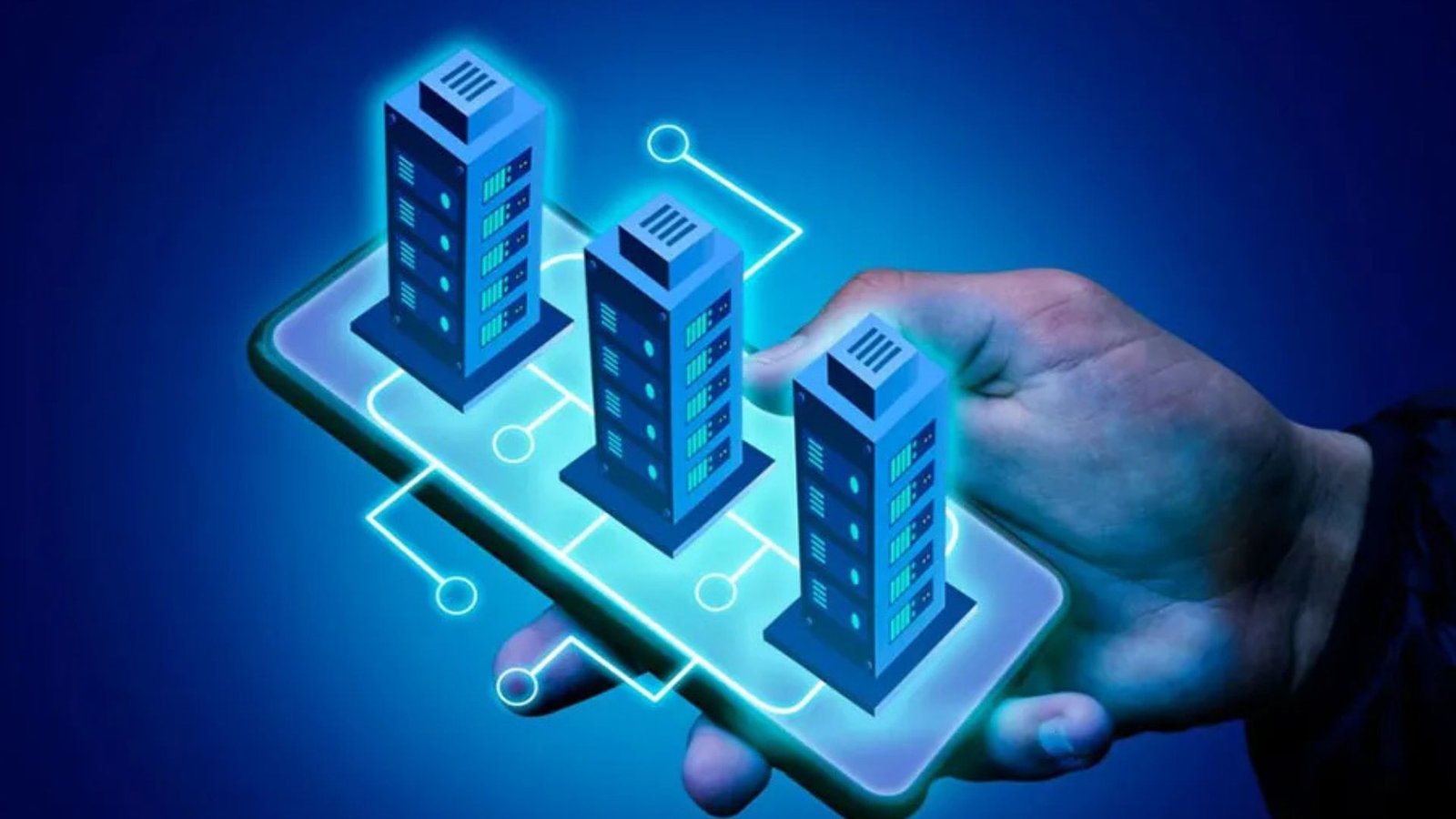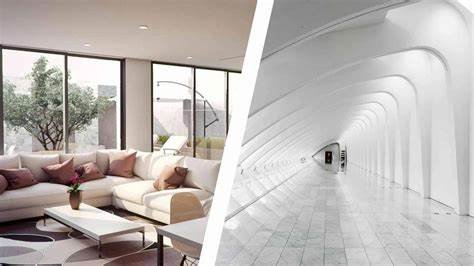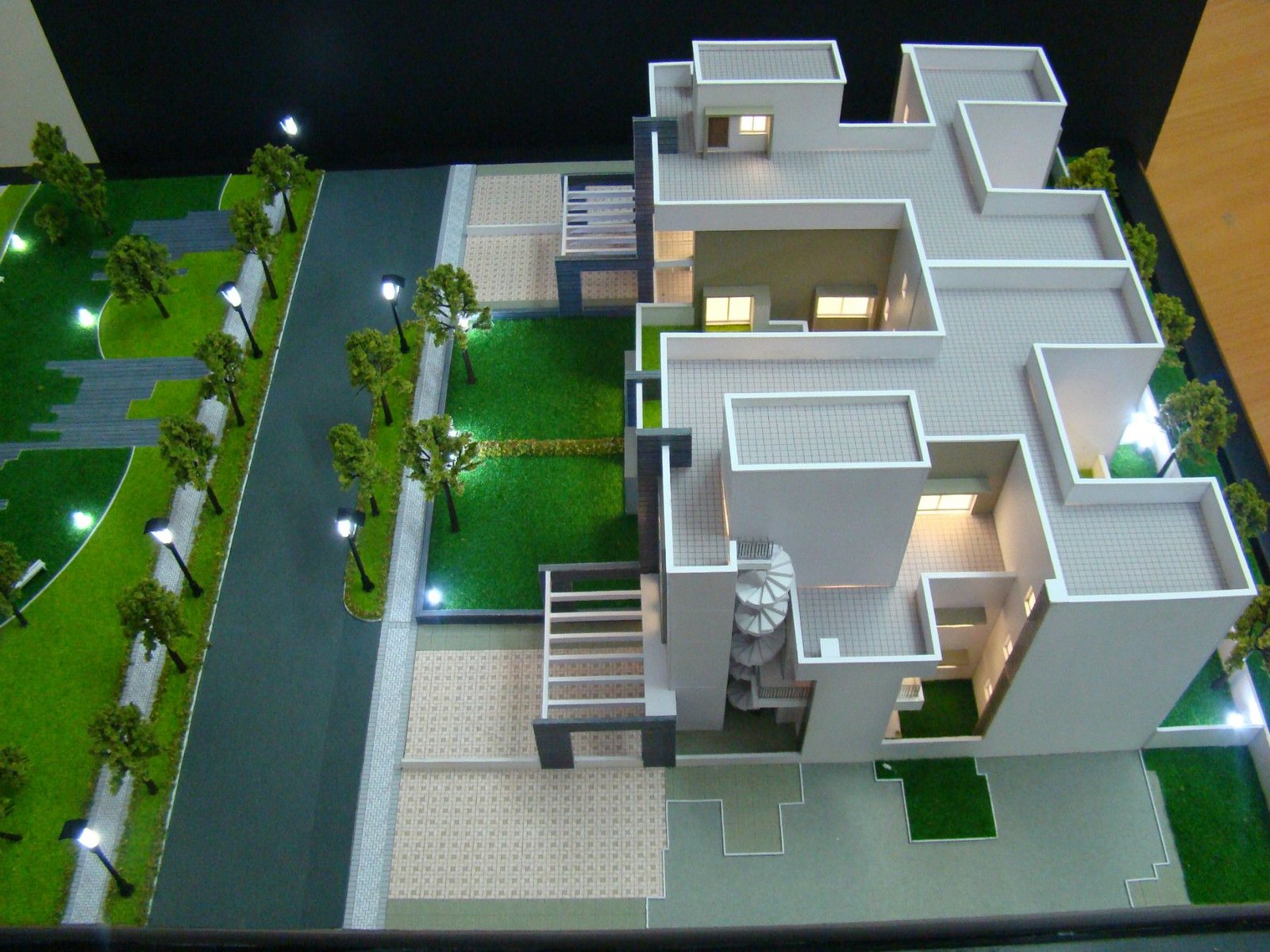In this article, we’ll discuss the exciting possibilities of incorporating smart technology in architecture. As architects and designers, we have the opportunity to integrate advanced technology into our projects to enhance functionality, sustainability, and user experience. Smart technology is changing the way we design and interact with our built environments. Here are ten effective strategies for successfully integrating smart technology into architectural designs.
1. Understanding Smart Technology
Before diving into implementation, it’s essential to understand what smart technology means in the context of architecture. Smart technology refers to devices and systems that connect to the internet, allowing users to control and monitor them remotely. This technology can include smart lighting, heating systems, security cameras, and more. Understanding these technologies can help architects design spaces that improve user convenience and efficiency.

2. Emphasizing Energy Efficiency
One significant benefit of incorporating smart technology in architecture is energy efficiency. Smart systems can optimize energy use in buildings by monitoring occupancy levels and adjusting lighting and temperature accordingly. For instance, smart thermostats can learn user preferences and automatically adjust settings to save energy when rooms are unoccupied. By emphasizing energy efficiency, architects can create sustainable designs that reduce the overall environmental impact.
3. Enhancing Security Features
Safety is a top priority in any architectural project. Incorporating smart technology can significantly enhance security features within buildings. Smart locks, surveillance cameras, and motion detectors can be integrated into the design. These systems can be monitored remotely, providing peace of mind for residents or business owners. By prioritizing safety through smart technology, architects can create secure environments that foster a sense of safety and comfort.
4. Improving Accessibility
Incorporating smart technology in architecture can greatly improve accessibility for all users. Smart home devices can be controlled through voice commands or mobile applications, allowing individuals with disabilities to manage their environments easily. Features such as automatic doors, smart lighting, and voice-activated systems can create inclusive spaces. By focusing on accessibility, architects can ensure that everyone can enjoy the benefits of smart technology.
5. Creating Smart Workspaces
The rise of remote work has changed how we design office spaces. Incorporating smart technology in architecture can create flexible and efficient work environments. Smart desks that adjust for standing or sitting, integrated video conferencing tools, and intelligent lighting systems can enhance productivity and comfort. These features make workspaces more adaptable to various tasks and preferences, promoting a healthier work-life balance.
6. Implementing Home Automation
Home automation is a significant aspect of incorporating smart technology in architecture. Smart home systems allow residents to control lighting, heating, and security features with a single device or voice command. Architects can design homes that seamlessly integrate these systems, creating user-friendly experiences. By implementing home automation, architects can enhance comfort and convenience for homeowners.
7. Utilizing Data for Design Decisions
Incorporating smart technology also means utilizing data to inform design decisions. Smart sensors can collect data on user behavior, energy consumption, and environmental conditions. Architects can analyze this data to make informed design choices that improve functionality and sustainability. By leveraging data, architects can create spaces that respond effectively to user needs.
8. Fostering Community Engagement
Smart technology can enhance community engagement within architectural designs. For example, digital displays can provide real-time information about community events, transportation schedules, or environmental conditions. Architects can design public spaces that encourage interaction and foster community spirit. By integrating smart technology, architects can create vibrant and connected communities.
9. Promoting Sustainable Practices
Sustainability is a critical consideration in modern architecture. Incorporating smart technology can support sustainable practices through intelligent resource management. Smart irrigation systems can optimize water usage in landscaping, while energy monitoring systems can help buildings reduce waste. By promoting sustainable practices through smart technology, architects can contribute to a healthier planet.
10. Embracing Future Trends
Finally, architects should stay informed about emerging smart technologies to keep their designs relevant. Technologies such as artificial intelligence, augmented reality, and advanced building materials are continually evolving. By embracing these trends, architects can create innovative designs that meet the demands of modern users. Staying ahead of the curve ensures that architectural designs remain functional and appealing in the future.
Conclusion
In this post, we’ve explored the importance of incorporating smart technology in architecture. From enhancing energy efficiency to improving accessibility, smart technology offers numerous benefits that can significantly impact design. As architects, we have the responsibility and opportunity to create spaces that are not only functional but also responsive to the needs of users. By integrating smart technology into our designs, we can shape the future of architecture and create environments that enhance the quality of life.











